WGF Summer of Screenplays: Our Five Favorite Horror Films
With warm temperatures upon us and TV fellowship deadlines passed, we've noticed that many of our library users are interested in reading feature screenplays. Thus, we've started a Summer blog series dedicated to recommending our favorite films and scripts across a myriad of genres and topics to give you inspiration for your next perusal of our shelves. This week, everyone's favorite Library Manager Javier Barrios scares up his five favorite horror films. Michael Gingold, managing editor and then editor-in-chief for 20 years of Fangoria Magazine (It's okay if you've never heard of the publication) famously said, "1979 was the year horror became mainstream again with the premiere of Alien." That comment seems true since a slew of notable (and not so notable) horror films followed. Their titles are recognizable even to those who've never actually seen them—Evil Dead, Friday the 13th and A Nightmare On Elm Street, just to name a few.
Since the birth of film, the horror genre has risen and fallen repeatedly in popularity. It has been said that horror films are truly great when times in society aren’t so great. Today, even with hit titles such as The Conjuring, A Quiet Place and Get Out, it’s not exactly clear if horror is “back” or not, but one thing that seems constant throughout time is that a well-reviewed (and scary) horror film almost always manages to draw a crowd. With that spirit in mind, I thought I’d talk a little bit about 5 horror films that seem to fit these criteria.
The Cabinet of Dr. Caligari (1920) - Written by Hans Janowitz and Carl Mayer
Caligari has many claims to fame. It is considered to be the very first true horror film (Nosferatu was released two years later). The film is also credited as being the quintessential example of German Expressionism. Expressionism, with its non-realistic sets, crazy geometrical angles and painted walls and floors representing both shadows and light, is said to have paved the way for film noir in the United States. To me, the most interesting aspect of this cinematic gem is that it contains one of the first twists in cinema. Twists are a ploy used in many horror/thrillers and I won't spoil this one by revealing it here.
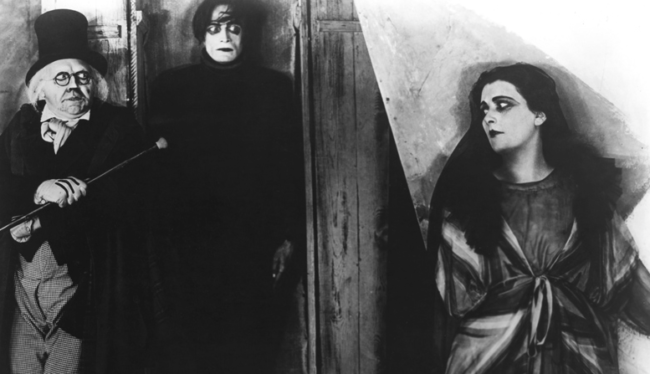
The Omen (1976) - Written by David Seltzer
Taking a cue from the element that made Rosemary’s Baby and The Exorcist so deliciously frightful, The Omen contains one of the scariest ingredients you can possibly use in this genre—Satan. I mean, doesn’t everything evil come from or lead to hell and Satan? The scene where the nanny commits suicide—apparently commanded by Satan—is one of the creepiest and disturbing scenes in horror. But to me, the most interesting aspect of this film is that—even though the script was commissioned—writer David Seltzer is still credited with an original screenplay. That may not seem like a big deal, but if you look at almost any credit from horror films during the 60s and 70s, most of them were based on novels.
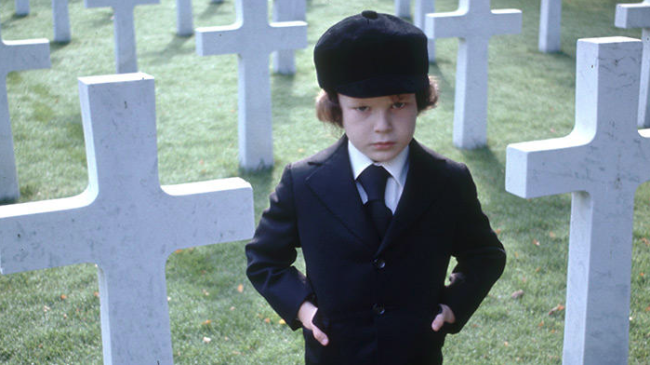
Halloween (1978) - Written by John Carpenter and Debra Hill
A good friend of mine claims that he watches Halloween once a year. Before I can catch myself saying, "That’s weird," I realize I sort of do too. This same friend calls Halloween a “horror machine,” and he's right. That’s exactly what this film is. The film doesn’t bother wasting time setting up how Michael Myers got to Haddonfield after he escaped. Somehow, he's just able to drive a car 150 miles (having never driven a car before) to start his killing spree. But we don’t care, because from the moment he begins to stalk Laurie to the final frame of the film, we are literally at the edge of our seats. And even though this script was written some 40 years ago, it reads very modern with little description but lots of suspense.
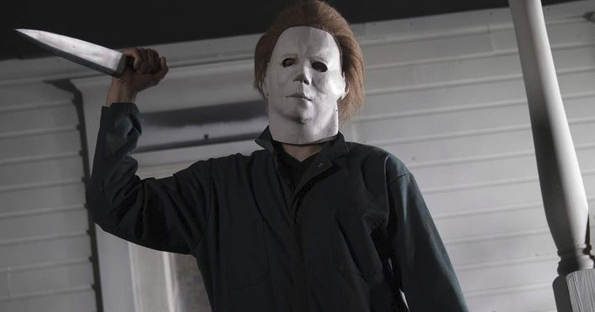
The Lost Boys (1987) - Screenplay by Janice Fischer & James Jeremias and Jeffrey Boam; Story by Janice Fischer & James Jeremias
It’s quirky—funny at times, scary at times. It’s kind of a mess, but ultimately, it’s The Lost Boys! What more can you say? The style of this film is spectacular and if you were a teenager in 1987, you definitely went to see this film and loved it... or thought you loved it. To me, the most notable aspect of this movie is that it’s 80s nostalgia at its absolute purest. One could say, it had the look!
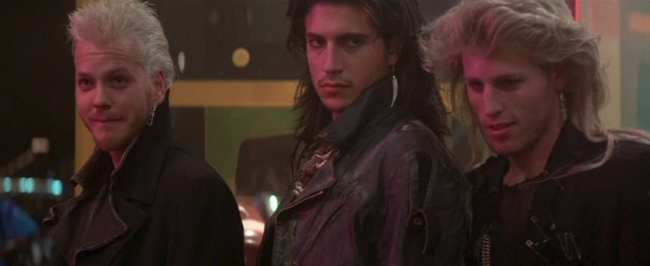
The Conjuring (2013) - Written by Chad Hayes & Carey W. Hayes
Aside from it being one of the scariest films I’ve ever seen (with a surprisingly emotional scene thrown somewhere in there), what I found most impressive is how the writers, who are twin brothers, were able to keep the action and scares confined to the house. There’s a lot of talk these days about keeping things contained (I assume for budgetary reasons), and this is a great example of how to do that, but with honors. They use every nook and cranny of that big old house and managed to freak out enough people to launch a franchise.
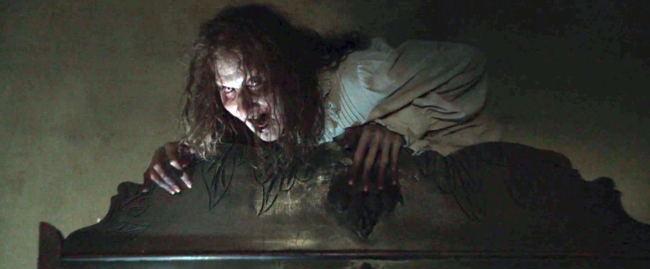
The next time you have 10+ free hours, go ahead and watch some of these gems. Or better yet, come read the scripts right here in the library!
Sweet dreams! - Javier
